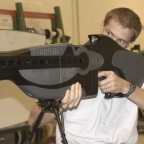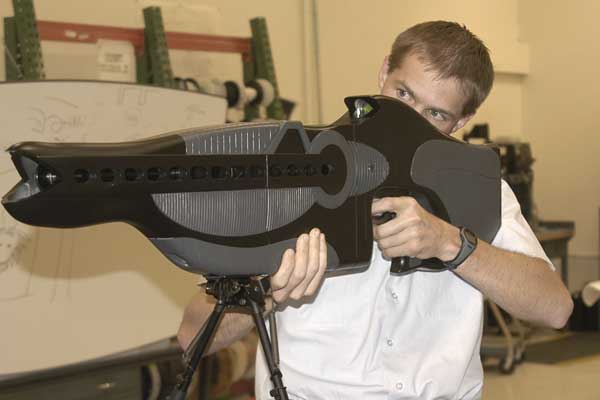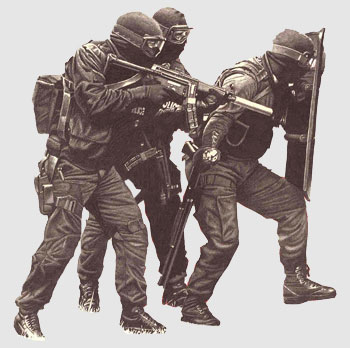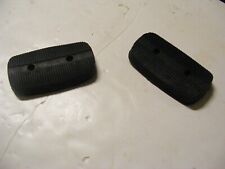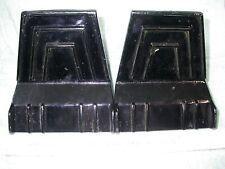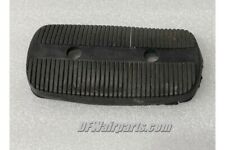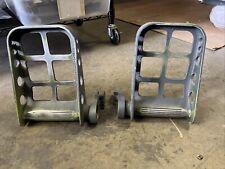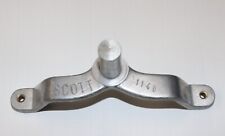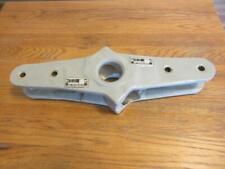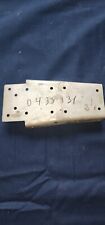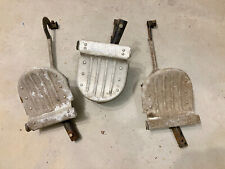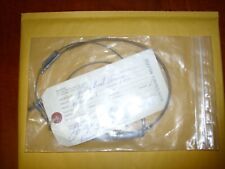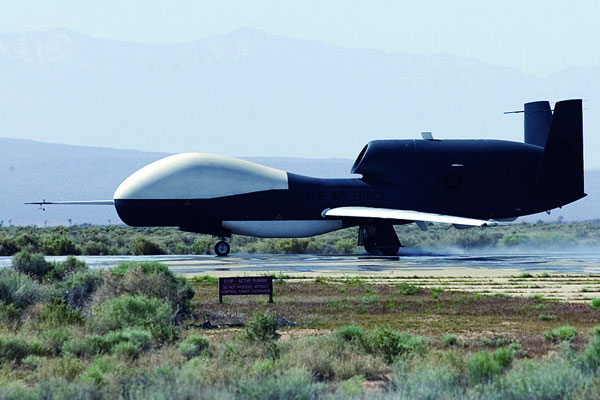
Vehicles and aircraft on the battlefield will no longer be occupied by actual, invaluable people. Elaborate, remote-controlled creations will grace the ground and skies. Already, the U.S. has used UAVs (Unmanned Aerial Vehicles) in the Iraq conflict of today. These are small planes that are launched, flown and landed entirely by a team of trained crew back at base or forward operating area, out of harms way. Fitted with cameras and even weapons, these aerial units have a high probability of survival. There is no danger to the pilot, because there really isn’t one, and they are often small enough to evade enemy radar. Vital recon info can be gained by taking pictures, and pinpoint targets deep inside high-threat areas can be located and acquired for artillery fire or remote missile engagements — either way, the firing platform and its human crew is never exposed to hostile fire.
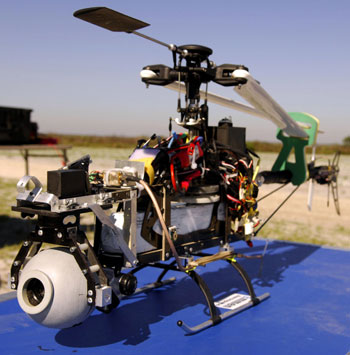 Unmanned helicopters are now making an entrance, although still in the prototype phase and not as readily tested or combat-ready as the UAV planes. These helicopters are again unusual-looking things, with no cockpit, as there’s no pilot. Marginally smaller than even the smallest of attack choppers, these are likely to be coated with infra-red reflective material and will have quite a stealth aspect about them. Rather than recon and spotting, these platforms are more likely to be of the weapon-delivery sort, sporting fire-and-forget missiles that can be launched at targets obtained through the mounted optical equipment and transmitted back to the eyes of the technical crew back at base.
Unmanned helicopters are now making an entrance, although still in the prototype phase and not as readily tested or combat-ready as the UAV planes. These helicopters are again unusual-looking things, with no cockpit, as there’s no pilot. Marginally smaller than even the smallest of attack choppers, these are likely to be coated with infra-red reflective material and will have quite a stealth aspect about them. Rather than recon and spotting, these platforms are more likely to be of the weapon-delivery sort, sporting fire-and-forget missiles that can be launched at targets obtained through the mounted optical equipment and transmitted back to the eyes of the technical crew back at base.
Jet fighters will become much faster with higher agility and those that aremanned will be state-of-the-art, with all the latest technology and all analog gauges and dials will be replaced by big multi-function displays (MFDs). There will be no heads-up display (HUD), as this limits your targeting capabilities to straight-ahead. Instead, helmet mounted displays (HMD) will be employed, This means that no matter where you turn your head, all targeting and navigational information will be presented to you at all times — as Western helicopter gunships have done for years. More computers mean less pilot workload and the easier it is to fly a jet or helicopter, the better. These highly specialized systems can compensate for wind, air pressure, temperature and make the aircraft easier to fly in varying weather and atmospheric conditions. This will reduce pilot stress during long-haul flights, meaning that he is able to be fully alert and focused on the mission itself once he arrives at the target area. Supersonic speeds will be achieved without the use of afterburners, meaning less fuel consumption and less probability of being tracked and hit by heat-seeking missiles.
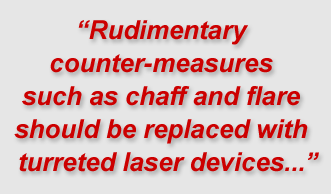 VTOL (Vertical Take-Off and Landing) or STOVL (Short Take-Off and Vertical Landing) will be a built-in requirement so that aircraft can operate in spots where there is a less than perfect runway. Stealth technology will be the norm, instead of only being used on the most advanced and expensive aircraft of today, and all stores will be carried in internal weapon bays to reduce radar cross-section.
VTOL (Vertical Take-Off and Landing) or STOVL (Short Take-Off and Vertical Landing) will be a built-in requirement so that aircraft can operate in spots where there is a less than perfect runway. Stealth technology will be the norm, instead of only being used on the most advanced and expensive aircraft of today, and all stores will be carried in internal weapon bays to reduce radar cross-section.
Rudimentary counter-measures such as chaff and flare should be replaced with turreted laser devices that lock onto and actually shoot the enemy missile out of the sky with pinpoint accuracy. All aircraft in the inventory will be of one-type, with the ability to interchange parts from jets from other air bases, allowing reduced maintenance costs, shorter repair times, and the importance of being able to upgrade existing aircraft as new technology becomes available. Modular weapon systems and stuff will be able to be changed at a moments notice, with an aircraft being configured and prepared — “customized” if you like — specifically for an intended mission.

